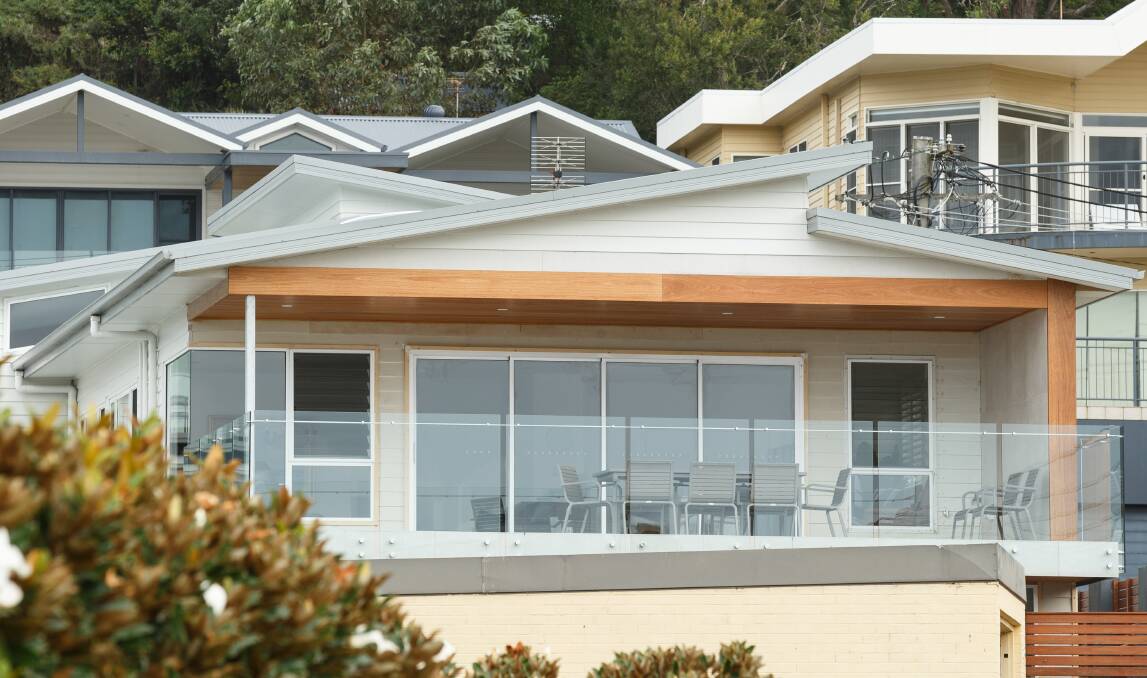
Newcastle house prices fell 2.2 per cent in the September quarter as a year-long correction in the national property market started to hit home.
Subscribe now for unlimited access.
or signup to continue reading
The last time house prices dropped for an extended period across the Newcastle and Lake Macquarie local government areas was when they fell about three per cent in the second half of 2011.
Newcastle house values have jumped about 50 per cent in five years and remained relatively stable in the first half of this year despite a year-long slide in Sydney and Melbourne.
But now the seven-year party could be over.
CoreLogic figures show median prices for stand-alone houses fell 2.2 per cent in the three months to September 30 while unit prices dropped 0.2 per cent. The combined fall for both types of dwelling was 1.9 per cent.
House prices have fallen 1.6 per cent in 2018 after a 16.2 per cent rise in the 12 months to September 2017.
Many commentators have linked the decline in capital cities to tighter lending conditions, but the Hunter executive director of the Housing Industry Association, Craig Jennion, said the recent fall in Newcastle could be more closely connected to increasing supply.
He said new building approvals had risen 25 per cent year-on-year in Lake Macquarie in the 12 months to July 31 and 20 per cent in Newcastle.
Much of that growth was due to a rise in apartment approvals.
“What makes us different to other locations is that our building approvals are still at basically record numbers,” Mr Jennion said.
“If you increase supply, you will reduce the cost of housing. Supply and demand is a key part of it, amongst other issues which have been pushing up prices.
“What we’re starting to see in Sydney and Melbourne and, not surprisingly, in the Hunter is that, as we increase supply, prices will stop going up as strongly as we have seen over the last four or five years.
“And that’s a good thing, obviously, for housing affordability.”
We’ve started to see a lot of multi-unit come out of the ground in the last couple of years.
- Craig Jennion, HIA
The median price for a house in Newcastle sits at $587,000, down 0.5 per cent on last month. The median unit price is $480,000, up 0.6 per cent for the month but a long way off the 10.7 per cent rise of 2017.
Prices have fallen 6.1 per cent in Sydney over the past 12 months and 3.4 per cent in Melbourne, and some economists predict values could drop by as much as 15 per cent from their peak of a year ago.
Mr Jennion said the diversity of Newcastle’s housing market meant price pressures would vary across the city.
“Areas which have been gentrified may find that that price increase starts to slow if more apartments come in,” he said.
“The other thing is when the discounts start to come off people’s loans whether we start to see investors selling stock, which may slow the growth we were seeing in that middle band of suburbs.”
READ MORE
He said coastal neighbourhoods would continue to attract high prices.
“Overall the economy in Newcastle is going quite strongly, so we’re not seeing any fire sales.
“There’s more people doing well, more people moving up from Sydney, so that will keep those locations desirable.”
Mr Jennion said investors had been “prolific” in the Hunter but had not sparked the kind of “scary” price rises seen in Sydney.
“A lot of our investors market has still been domestic and local people buying an apartment to rent out to students or seeing the value in our affordability.
“We’ve started to see a lot of multi-unit come out of the ground in the last couple of years and we’re seeing a lot of construction, so I would think we’ll continue to see more supply come on in the townhouse end of the market in the next 18 months.
“The apartment side of things, yes, there’s still a lot of approvals coming out of councils, but we may not always see all of those get constructed as we start to see that supply come on line.”
The regional director of the Property Council of Australia, Anita Hugo, said the Hunter was not coming off the back of spikes that other areas had experienced.
“While we have seen some contraction in home prices, there is still growth to be seen,” she said. “There is still demand for quality products in great locations.
“Some areas will see slightly different results, that’s the nature of the market, but it is important that as a region we are planning for and developing a pipeline of diverse housing options.”


